On Sinovoltaics we have over the years covered certifications to quality and safety standards for various PV components in a multitude of articles and reports, including our popular Guide to Solar PV Module Certifications. This article looks at the genesis, purpose, and detailed contents of the brand new standard PPP 59061A for solar system kits.
Purpose of quality and safety standards
In general, standards exist to make sure that products meet certain design, quality, and safety requirements in the regions or markets they are sold to. These standards are usually linked to a multitude of either short- or long-term tests in a laboratory environment or in-field real-world measurements.
In the PV industry, there are quality and safety standards for various types of sub-assemblies solar PV systems small and large are made of, such as modules, inverters, disconnects and cables, and even the primary materials of which these assemblies are made.
Yet, for years there were not standards in place for the final PV systems made of all these different components – the very systems that in the end generate and supply electric power.
Why is that?
Challenges of developing solar system kit standards:
The challenge in developing a comprehensive standard for solar system kits is obvious: not only is there a multitude of PV sub-assemblies from a multitude of suppliers that constitute a solar system kit – modules, inverters, wiring, connectors, DC disconnects, mounting systems, etc. – but also the electric and design interplay of all these various components and their varying electrical and mechanical properties, largely depending on the specific combination of the components.
In simple terms: the rocky hill towards a comprehensive and general ‘standard’ for system kits is their complexity as they are not of a piece.
Yet, Geof Moser and Juan Castanon – co-founders of Shanghai-based company Symtech Solar Group, an American renewable energy company that has pioneered the upstream PV system integration process from its factory platform in China – were doubtful that this complexity could not be overcome and was looking for solutions.
As there was no existing quality, safety, design, and code compliance standard for solar system kits available, the initial motivation for Symtech Solar was to create a framework that warrants the safety, conformity, and code adherence in one certified program when they approached TÜV SÜD to explore and discuss solutions for certification of their solar PV system kits.
The new standard for solar system kits: PPP 59061A
After multiple exchanges and brainstorming sessions between TÜV SÜD and Symtech Solar, experts from the German certification body began the development of a unique and new standard for solar system kits that addresses all the complexities associated with different sub-assembly types, sub-assembly brands, and their constructional design, system designs as well as electrical codes.
Lead by Alexander Krenz, interviewed by Sinovoltaics in early 2016 about certification trends and developments , as well as Zhao Kai, and in close cooperation with Symtech Solar, TÜV SÜD successfully developed over the course of a close to year a new comprehensive test and certification standard to certify solar kits and PV power generating units.
TÜV SÜD’s new standard PPP 59061A (in its initial 2017 edition) is the first solar system kit standard in the PV industry and covers the entire functionality and compatibility of the systems with their key components, which are: PV modules, inverters, mounting systems, DC Disconnects, PV wiring, connectors and safety labeling.
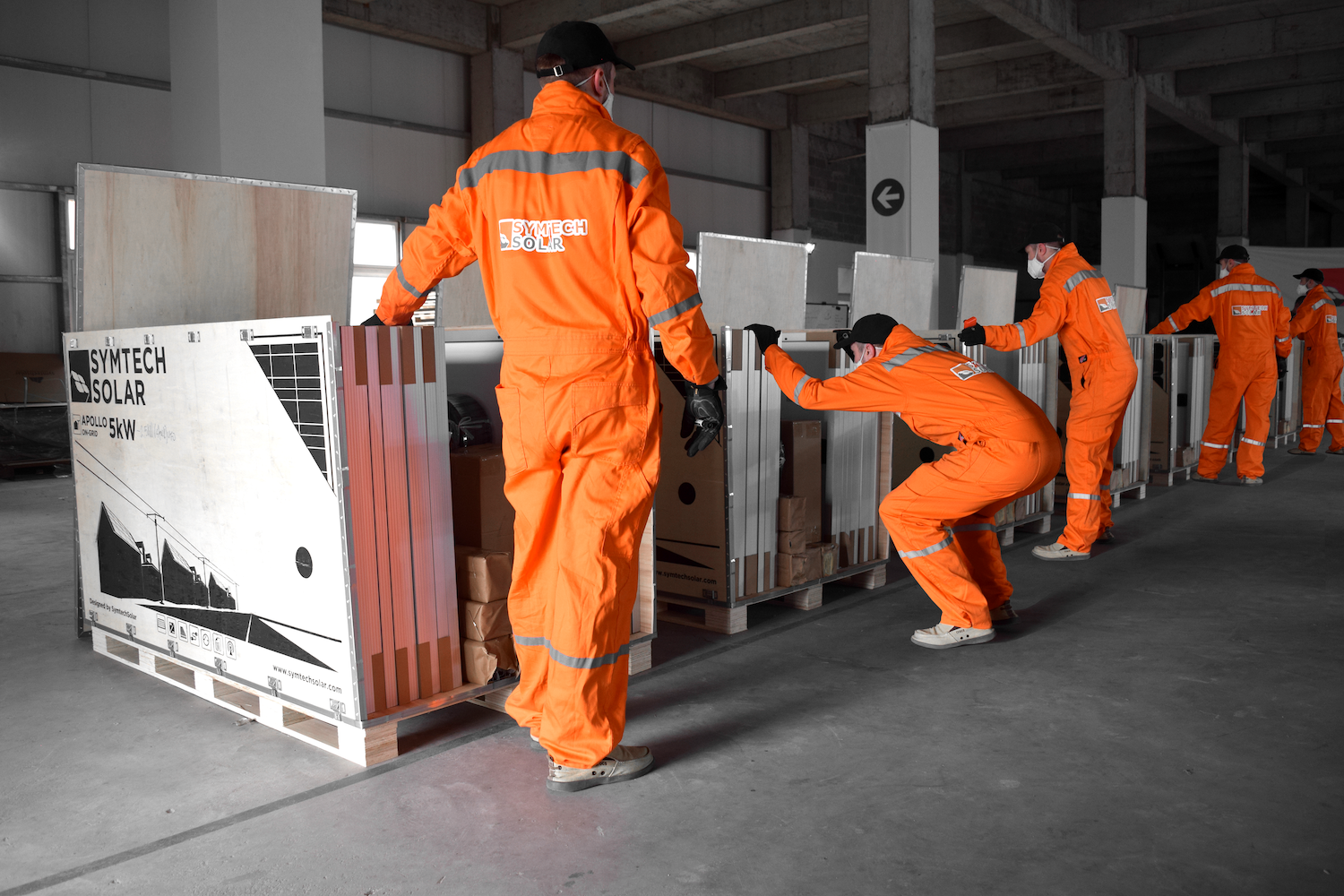 Packing of PV system kits in Symtech Solar’s workshop in Shanghai
Packing of PV system kits in Symtech Solar’s workshop in Shanghai
As a standard, each sub-assembly included in the certification program needs to be individually certified by TÜV SÜD or equivalent certification agencies prior to its inclusion in the new kit certification and each system kit must be verified for design and technical documentation, which includes production monitoring at the factory level as well as annual on-site inspections.
Having initially triggered the development as well as closely consulted with TÜV SÜD during the genesis of PPP 59061A, Symtech Solar is the first company whose system kits have been tested, certified, and listed to this new standard.
During the certification process, Symtech Solar faced a multitude of challenges that came with this new and in-the-making standard. Most notably, since Symtech Solar’s system kits are designed, pre-engineered, and made for installation in markets worldwide with their different requirements and conditions, TÜV SÜD and Symtech Solar had to address the various climatic conditions, multiple possible ground/ rooftop installation scenarios, diverse electric codes as well as the complex combination of the various sub-assemblies, especially with regards to the BOS components.
Standard basis of PPP 59061A
PPP 59061A primarily follows IEC 60364-1, IEC 60364-7-712 and summarizes all solar system certified components under IEC 61215, IEC 61730, IEC 62109-1, IEC 62109-2, PPP59029A, IEC 62446-1, EN 60947-3, EN 50618, EN 50521and other relevant standards.
What are all these standards that PPP 59061A draws from?
IEC 60364-1 provides the rules for the design, erection, and verification of electrical installations conducting to provide safety of persons, livestock, and property against dangers and damage, which may arise in the reasonable use of electrical installations, and to provide for the proper functioning of those installations. IEC 60364-1 applies to the design, erection, and verification of electrical installations such as those of residential, commercial, public, and industrial premises (other inclusions apply) up to 1000VAC and 1500VDC.
IEC 60364-7-712 is part of IEC 60364 applies to the electrical installation of PV systems intended to supply all or part of an installation. The equipment of a PV installation, like any other item of equipment, is dealt with only so far as its selection and application in the installation is concerned. The object of this document is to address the design safety requirements arising from the particular characteristics of PV installations. DC systems and PV arrays in particular, pose some hazards in addition to those derived from conventional AC power installations, including the ability to produce and sustain electrical arcs with currents that are not greater than normal operating currents.
IEC 61215 qualification design standard that covers the parameters which are responsible for the ageing of PV modules including UV, temperature, humidity, and mechanical loads.
IEC 61730 safety qualifications covers multiple parts including the design and construction requirements for the PV modules and application & safety class qualifications.
IEC 62109-1 and IEC 62109-2 covers the particular safety requirements relevant to DC. to AC. inverter products as well as products that have or perform inverter functions in addition to other functions, where the inverter is intended for use in photovoltaic power systems.
PPP 59029A testing covers mounting systems stability for various environmental conditions (heat, cold, dry, wet, etc.) and testing for corrosion resistance and long-term durability performance (endurance testing with outdoor field conditions, temperature change examination and moisture-heat examination).
IEC 62446-1 defines the information and documentation required to be handed over to a customer following the installation of a grid connected PV system. It also describes the commissioning tests, inspection criteria and documentation expected to verify the safe installation and correct operation of the system. It is for use by system designers and installers of grid connected solar PV systems as a template to provide effective documentation to a customer.
EN 60947-3 applies to switches, disconnects and fuse-combination units to be used in distribution circuits of which the rated voltage does not exceed 1000VAC or 1500VDC.
EN 50618 is a European Standard that applies to low smoke halogen-free, flexible, single-core power cables with cross-linked insulation and sheath. In particular for use at the direct current DC side of photovoltaic systems, with a nominal DC voltage of 1500VDC between conductors and between conductor and earth. Such cables are designed to be used with Class II equipment.
EN 50521 is applicable to Class A connectors (EN 61730-1) for photovoltaic systems with rated voltages up to 1500 VDC and rated currents up to 125 A per contact.
Certification to PPP 59061A involves a range of tests and conformity checks, including DC system design and installation conformity, local electric code conformity, proper protections, and grounding, labeling as well as output performance tests.
Preparing system kits at Symtech Solar’s workshop
Complete solar system kit certification: outlook
How will this new standard impact the solar industry exactly?
Thanks to this type of standard, the industry is gradually turning towards a more comprehensive approach of viewing and adopting solar PV systems as a whole, delivering to its principal purpose which is power generation.
It will also potentially initiate a trend towards continuously improving the safety criteria for PV system design and electrical installations in their actual application throughout the industry,
Enhanced quality standards for solar system kits increase the protection of installers and system operators from potential risks that may occur from non-compliant design and solar system component selection. The such a new standard may help to ensure better functionality and performance for the life of the PV system for years to come.


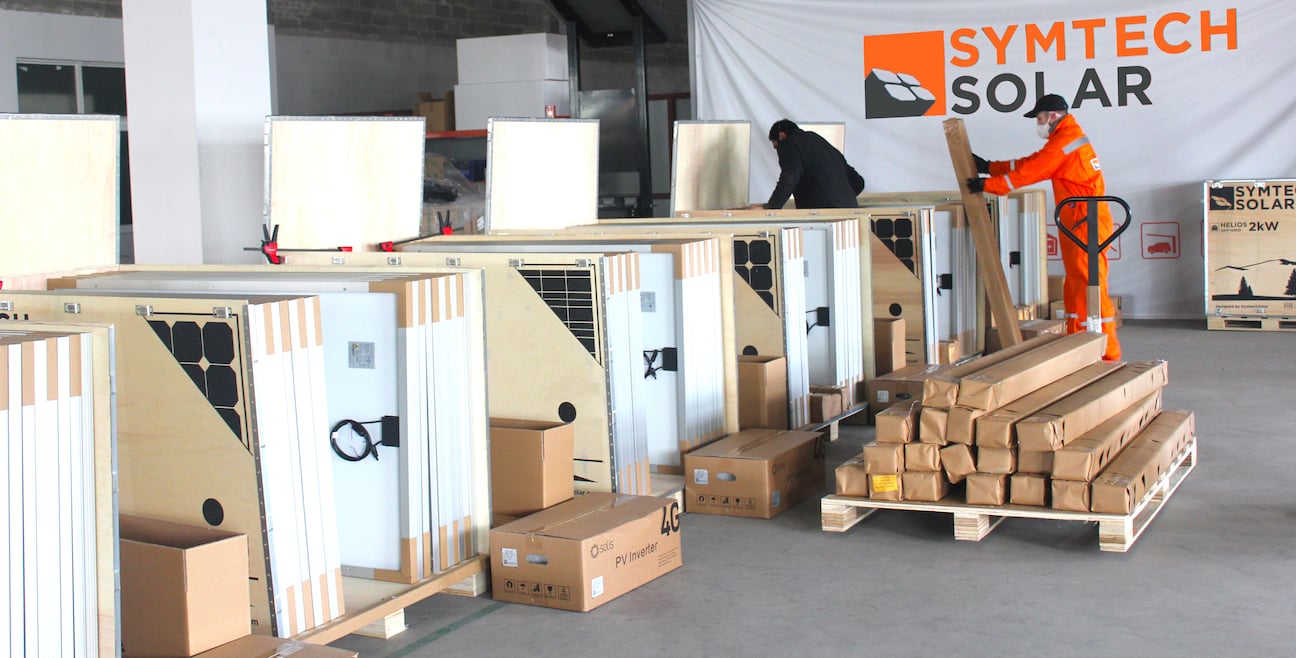
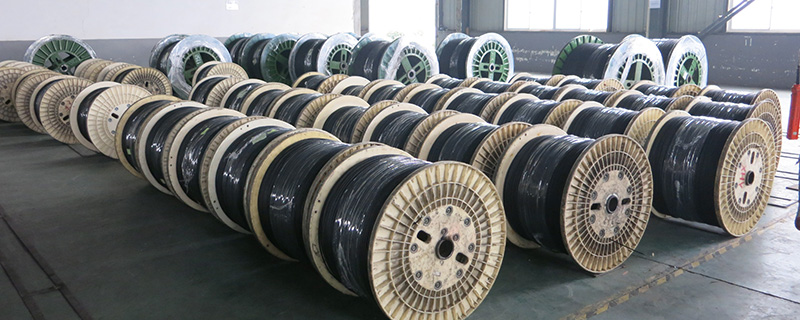

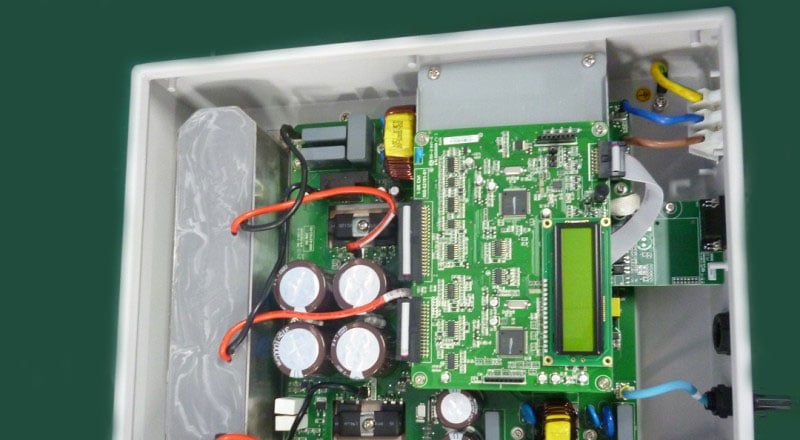
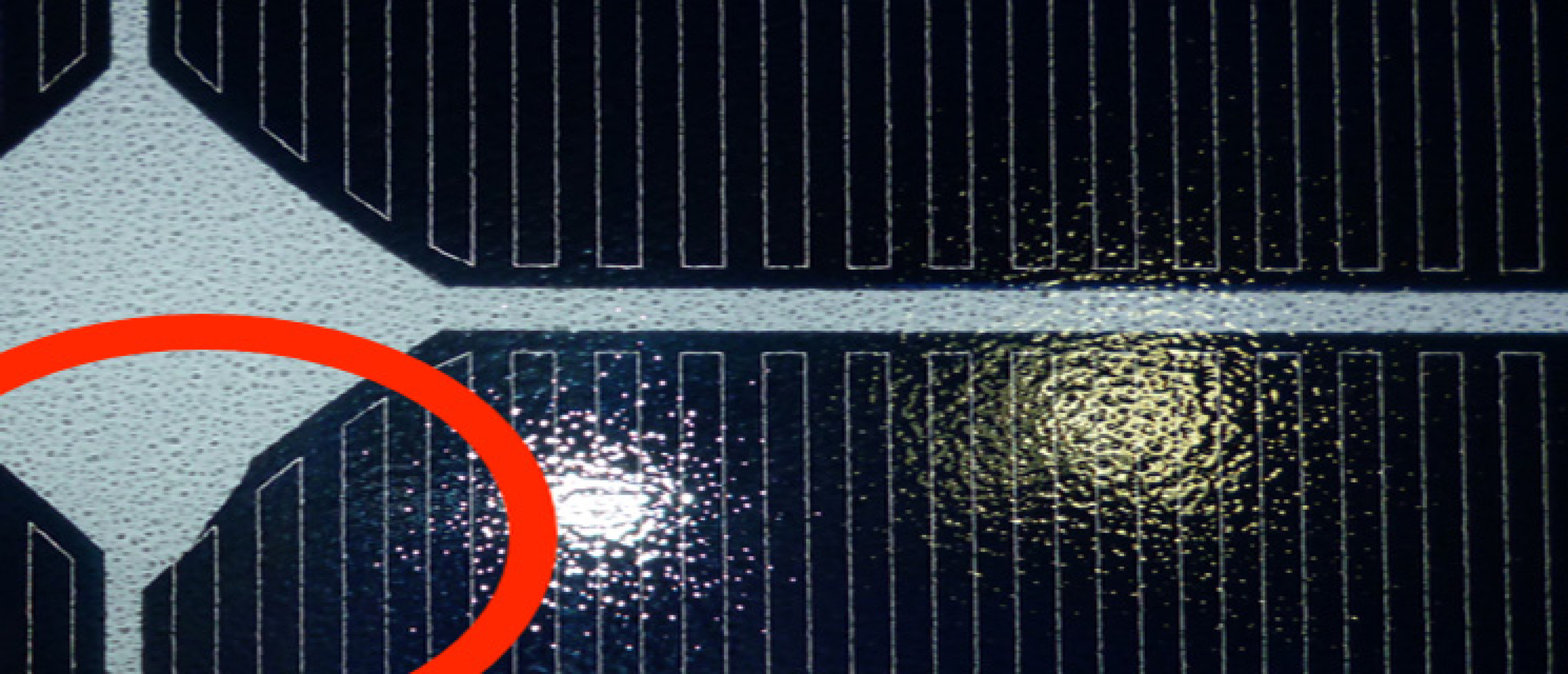
Tik Ralos
on 22 Aug 2018